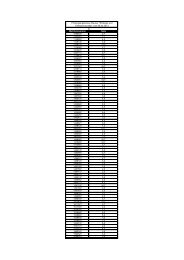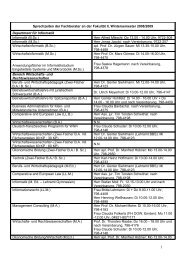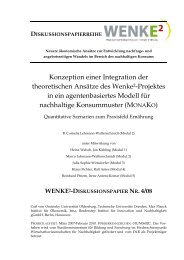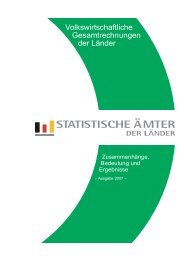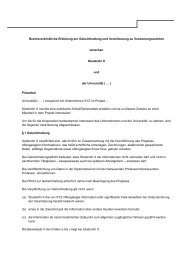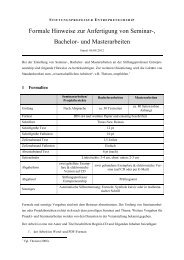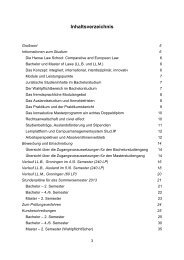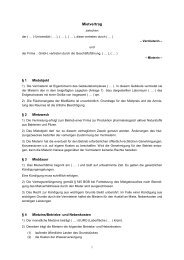Pro-Environmental Behavior and Rational Consumer Choice
Pro-Environmental Behavior and Rational Consumer Choice
Pro-Environmental Behavior and Rational Consumer Choice
Create successful ePaper yourself
Turn your PDF publications into a flip-book with our unique Google optimized e-Paper software.
<strong>Pro</strong>-<strong>Environmental</strong> <strong>Behavior</strong> <strong>and</strong> <strong>Rational</strong> <strong>Consumer</strong> <strong>Choice</strong> 18<br />
having elementary education vs. having no education <strong>and</strong> amounts to almost two thirds of<br />
the coefficient of being employed vs. being unemployed. According to regression B,<br />
recycling is also positively <strong>and</strong> significantly associated with greater life satisfaction, the<br />
coefficient being somewhat smaller than in regression A. An almost identical result holds<br />
with respect to water conservation (regression C). When the three pro-environment<br />
behaviors are included jointly (regression D), the associated coefficients become smaller.<br />
This is to be expected, given the correlations between these behaviors (see Table B3).<br />
However, in spite of these correlations, all three coefficients remain highly significant.<br />
Table 1 also shows that people are more satisfied when the respective behaviors are more<br />
widespread in their societies (variable QSoc) 19 , probably indicating the utility from better<br />
environmental quality.<br />
These results suggest that, controlling for nationality, time <strong>and</strong> the spread of proenvironmental<br />
behaviors as well as individual socio-economic characteristics, an<br />
individual is better off when displaying pro-environment consumption behavior.<br />
Alternatively, however, these results may arise because people with pro-environment<br />
attitudes – which trigger these behaviors – are more satisfied per se. This possibility is<br />
being checked in the regressions presented in Table 2. These regressions, A’ - D’, are<br />
similar to regressions A – D in Table 1 but include indicators of pro-environment attitudes<br />
(EnvPriority, WTP20) in addition to pro-environment behaviors. It can be seen that these<br />
attitudes are in fact significantly associated with greater life satisfaction. Nevertheless, the<br />
coefficients of the behaviors remain positive <strong>and</strong> significant. They are, however, of a<br />
smaller size than in their counterparts A – D, especially in the case of water conservation.<br />
19 In regression D, QSoc is the average across the three behaviors.





